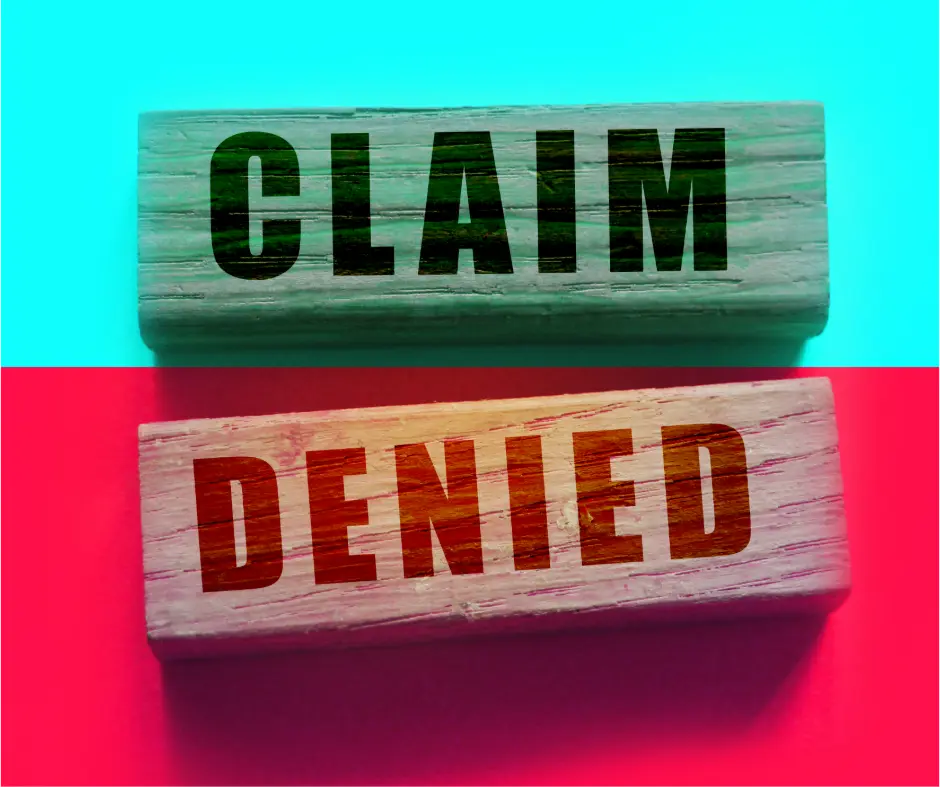I’ll never forget the first time I got that letter.
You know the one.
Thick envelope. Official language. A gut-punch conclusion: “We are unable to grant…”
I’d spent weeks gathering records, listing conditions, filling out forms—only to feel like I’d been kicked back to square one. But here’s the truth I want every veteran to hear:
A denial isn’t the end. It’s just a start point you didn’t expect.
Once I caught my breath, I started reading every line of that decision again—not emotionally, but strategically. What did they say? What evidence did they use—or ignore? Was there a missed nexus? A vague statement? A medical opinion that didn’t go far enough?
Here’s what I’ve learned:
- Most denials are fixable. It just takes better documentation—or sometimes a sharper angle.
- Your decision letter is your blueprint. It tells you exactly why they denied the claim.
- You don’t need to yell louder. You need to build smarter.
If you’ve been denied:
- Read the decision carefully. Not just the conclusion—read the rationale. Highlight it.
- Request a copy of your C&P exam. It may contain opinions that don’t line up with your reality.
- Talk to a VSO. Seriously. Don’t walk this alone. A trained rep can help you plot your next move.
- Gather what was missing. Lay statements, clearer diagnoses, stronger DBQs, or better evidence of service connection.
- Consider a Supplemental Claim. If you’ve got new and relevant evidence, this is your lane.
Too many veterans give up at the first “no.”
I almost did, too. But now I know how to respond—with precision, not frustration.
That’s why I built FTV|BTV Magazine. So you don’t have to guess. And so you know you’re not alone.
Issue #1: Survivor shows how I navigated those early claim days, step-by-step.
Issue #2 digs deeper—breaking down DBQs, C&P exams, and what a real claim strategy looks like.
If you’ve got that envelope in your hand right now, take a breath.
Then turn the page.
You’re not done. You’re just getting started.




